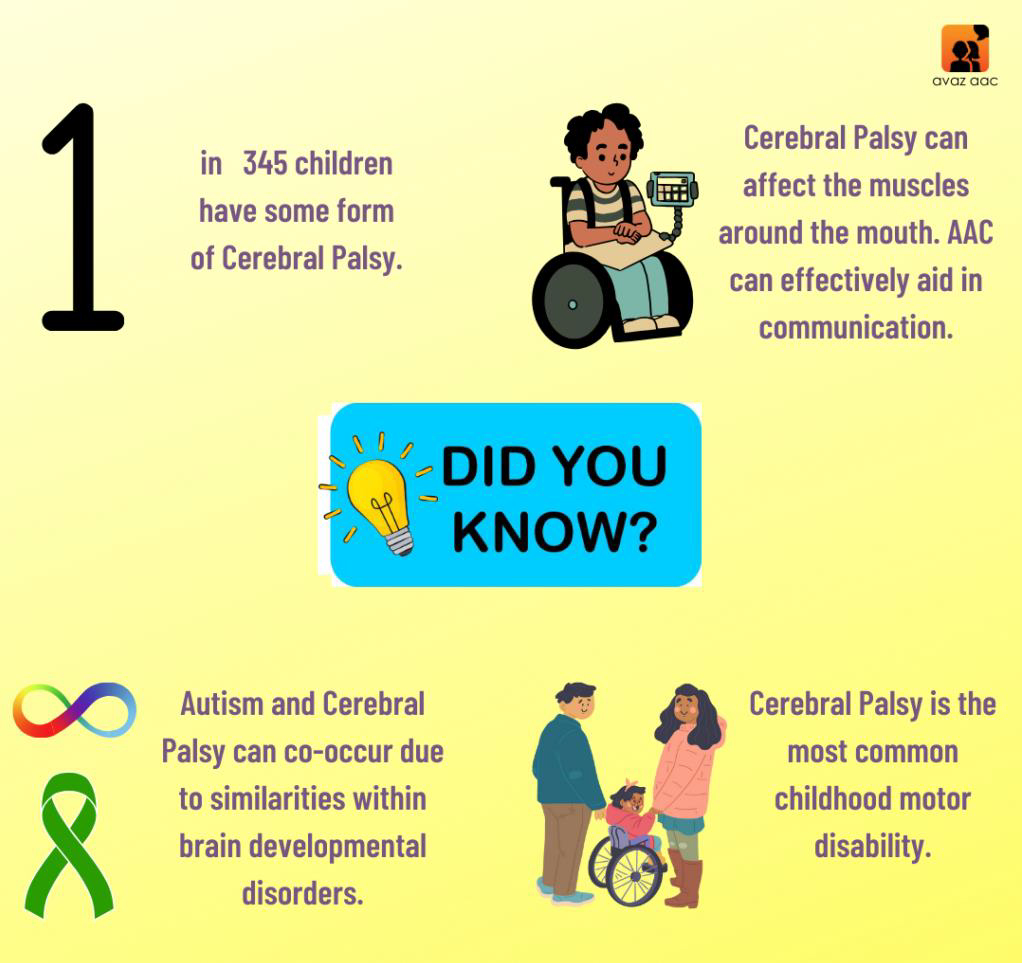What is Cerebral Palsy?
Cerebral
Palsy (CP) is a group of neurological disorders that affect movement, balance,
and posture of individuals. The term ‘Cerebral’ refers to the brain and ‘Palsy’
refers to impairment of motion. CP is the most common condition causing motor
impairments in children. People with Cerebral Palsy can also experience
communication challenges along with difficulties in thinking, feeling, and
learning.
Types?
Here
are several different types of cerebral palsy (CP). The five main types are
spastic, ataxic, athetoid (dyskinetic), hypotonic, and mixed cerebral palsy.
Cerebral palsy types are classified based on mobility limitations and affected
body parts. Each type of CP can vary in severity, symptoms, and treatment
options.
In Ayurvedha view:
There
is not a single sickness or condition in Ayurveda that exactly resembles CP. Phakka
(Delayed Milestone), pangulya (locomotor disorders), mukatva (dumbness),
jadatva (mental disorders), ekangaroga (monoplegia), sarvangaroga (quadriplegia),
pakshaghata (hemiparesis),and pakshavadha (hemiplegia), among others, are some
conditions addressed in Ayurveda that (neurological disorders). Vatavyadhi
Nidana (Causes) and Lakshanas (Symptoms) closely related to CP and the
Vatavyadhi Chikitsa (treatment for Vata diseases) gives the best results.
What should we do?
For
the best results integrative management is adopted at our hospital including Ayurveda,
Physiotherapy, Speech therapy and behaviour Therapy. Patients with CP can
significantly improve their quality of life by undergoing Ayurveda Panchakarma
therapy, which combines the five main Ayurveda procedures and several
associated procedures intended to cleanse the body. Combining internal medicine
with Panchakarma treatments provides faster results.
Dr. Saleek Ali N.K (B.A.M.S)
Medical
Officer
Dr. P
Alikutty's Ayurveda and Modern Hospital - Kottakkal



